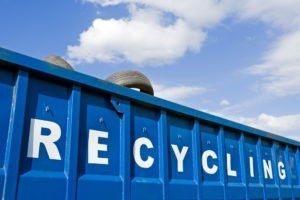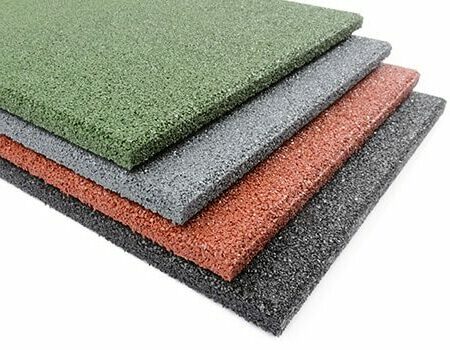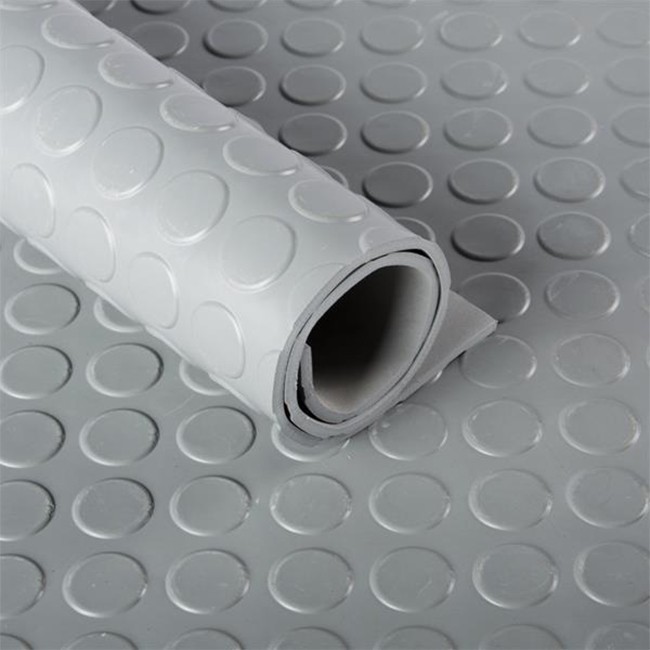Coir, the sturdy fiber harvested from coconut husks, has proven remarkably versatile. Its exceptional qualities have led to a wide range of applications, with indoor and outdoor matting being a standout example.
The need for recyclable rubber
 The need for recyclable rubber – which items can be recycled and why it is important
The need for recyclable rubber – which items can be recycled and why it is important
Recyclable rubber is a key part of modern society and an integral industry in South Africa. As a commonly used material, literally seen everywhere from the classroom to the roads, business, sports teams and pretty much everywhere else. This versatile material is a part of our daily existence, and as such it must always be recycled.
Rubber is produced both naturally, from latex found in some plant matter, and synthetically, through a process that makes use of unsaturated hydrocarbons – science. However, due to the intense amounts of the stuff, millions of tyres lone are discarded each year, rubber recycling has become common practice. Doing so keeps endless amounts of rubber out of landfills and dumps and provides for a lucrative market, as many industries across the board can use the recycled materials.
Importance of recycling
Reclaiming and recycling rubber uses less energy than producing new rubber. Additionally, recycling rubber reduces demand for new natural rubber, which may keep rubber tree plantations from expanding into sensitive tropical ecosystems. Furthermore, keeping rubber out of landfills protects environments as well as human health — for instance, tire fires in landfills cause pollution and pose a significant safety hazard. Rubber biodegrades slowly, meaning it builds up quickly in landfills due to the high occurrence of discarded rubber products such as tires.
Ways to recycle
Rubber can be recycled using one of three commonly practiced methods. First, a rubber product can be refurbished, which can include services like re-treading old tyres. Second, rubber can be broken down and formed into an entirely new product, this includes more durable, dense items like playground surfacing. Third, burning tyres in a controlled way can be used to generate energy used for manufacturing processes – this, however, is less eco-friendly then the previous options.
Challenges in rubber
Maintaining the characteristics and quality of rubber can be quite a challenge when undergoing the recycling process. When the material is produced, its chemical structure changes through a process called vulcanisation, which increases the rubber’s elasticity. It then goes through a reverse process that breaks down the bonds in the rubber, allowing it to be remoulded and reused depending on its intended purpose.
Where to used recycled materials
It can be formed into a wide range of products, from gym mats and rubber flooring options, to traffic cones and industrial elements, even trailer mats and cable protectors. As a versatile material rubber can be made into a number of grades, densities and products in need across the country.
Whether needing products that can be recycled, or finding repurposed products for your business, there are endless ways to use this material and save it from the trash heap.
When you need high quality products in South Africa, contact Rubber United.



